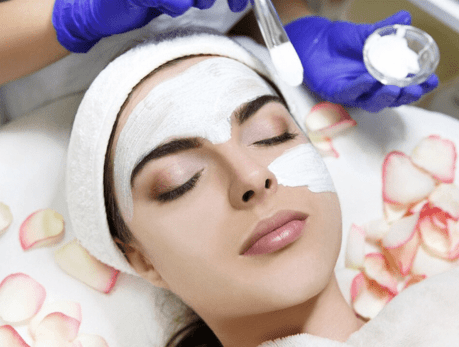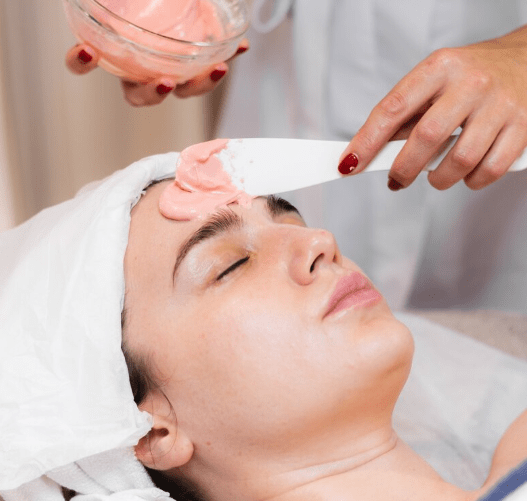As medical tourism in South Korea continues to thrive, more international patients are seeking advanced vision correction procedures. Among the cutting-edge options, SMILE (Small Incision Lenticule Extraction) eye surgery has rapidly gained popularity for its precision, safety, and minimal invasiveness. If you’re considering SMILE surgery in Korea, this comprehensive guide will walk you through everything you need to know—from the procedure itself to recovery and choosing the right clinic.
What Is SMILE Eye Surgery?
SMILE is a minimally invasive laser vision correction procedure designed to treat myopia (nearsightedness) and mild astigmatism. Unlike traditional LASIK, which requires creating a corneal flap, SMILE uses a femtosecond laser to create a small, lens-shaped piece of tissue (lenticule) within the cornea that is then removed through a tiny incision, reshaping the cornea and improving vision.
Key Benefits of SMILE:
- No corneal flap creation, reducing risks of flap-related complications
- Smaller incision (typically 2-4 mm) leading to faster healing
- Less disruption of corneal nerves, decreasing dry eye risk
- High precision and stability for long-lasting results
- Suitable for active lifestyles and those concerned about eye trauma
Why Choose SMILE Surgery in Korea?
South Korea is a global leader in ophthalmology and refractive surgery, offering world-class clinics with state-of-the-art equipment and internationally trained specialists.
Advantages for Medical Tourists:
- Access to the latest femtosecond laser systems (such as VisuMax by Zeiss)
- Highly experienced surgeons performing thousands of SMILE procedures annually
- Transparent pricing with affordable packages compared to Western countries
- Comprehensive international patient services: airport transfer, accommodation, translation, and aftercare
- Combination of quality medical care with the opportunity to explore Korean culture and tourism
Who Is an Ideal Candidate for SMILE Surgery?
Medical tourists considering SMILE in Korea should meet the following criteria:
- Age 18 years or older with stable vision for at least one year
- Myopia (nearsightedness) typically between -1.0 and -10.0 diopters
- Astigmatism up to 5.0 diopters
- Healthy corneas without conditions like keratoconus
- No history of severe dry eye or autoimmune diseases
- Not pregnant or breastfeeding
A thorough preoperative examination by your Korean eye surgeon will determine your candidacy.
The SMILE Procedure: What to Expect
Step 1: Preoperative Assessment
- Comprehensive eye exams including corneal mapping, refraction, and tear film evaluation
- Discussion of your medical history and expectations
- Explanation of procedure, risks, and post-op care
Step 2: The Surgery (Typically 15–30 minutes)
- You receive local anesthetic eye drops for numbness
- The femtosecond laser creates the lenticule and a small incision
- The surgeon gently removes the lenticule through the incision
- No stitches required; the cornea naturally heals
Step 3: Postoperative Care
- Immediate improvement in vision, often noticeable within hours
- Use of prescribed antibiotic and anti-inflammatory eye drops
- Follow-up visits at 1 day, 1 week, and 1 month after surgery
- Avoid rubbing eyes, swimming, or strenuous activity for a few weeks
Recovery and Results
- Most patients achieve 20/20 vision or better within days
- Minimal discomfort or dry eye symptoms compared to LASIK
- Return to normal activities (work, screen time) within 1–2 days
- Long-term stability and reduced risk of complications like flap dislocation
Things Medical Tourists Should Know When Getting SMILE in Korea
1. Choosing the Right Clinic and Surgeon
- Look for clinics with international accreditation and surgeons certified by the Korean Ophthalmological Society.
- Read verified patient reviews and seek before-and-after photos.
- Ensure the clinic offers multilingual support for smooth communication.
2. Planning Your Travel
- Arrive at least 2 days before surgery for pre-op exams.
- Plan to stay in Korea for 5–7 days to allow for surgery and post-op checkups.
- Arrange accommodations close to the clinic.
3. Cost Considerations
- SMILE surgery in Korea typically costs between ₩2,000,000 to ₩4,000,000 KRW (~$1,500–$3,500 USD).
- Confirm what’s included: consultations, surgery, medication, and follow-ups.
4. Understanding Risks
- Though SMILE is safe, rare risks include infection, undercorrection, or vision fluctuations.
- Choose a reputable clinic to minimize risks and manage complications if they arise.
Popular Clinics Offering SMILE Surgery to Medical Tourists in Korea
- B&VIIT Eye Center, Seoul: Known for cutting-edge laser technology and personalized care.
- SNU Eye Clinic, Seoul: Affiliated with Seoul National University, combining academic expertise with advanced treatments.
- Onlif Plastic Surgery: Offers integrated eye care services with a focus on patient comfort.
- JK Plastic Surgery Center: Trusted for quality and comprehensive medical tourism support.
Final Thoughts
SMILE eye surgery in Korea offers medical tourists a safe, effective, and minimally invasive way to correct vision, with the added benefits of affordability and world-class care. With proper planning, choosing the right clinic, and following post-op guidelines, you can enjoy clearer vision and a seamless medical tourism experience.




